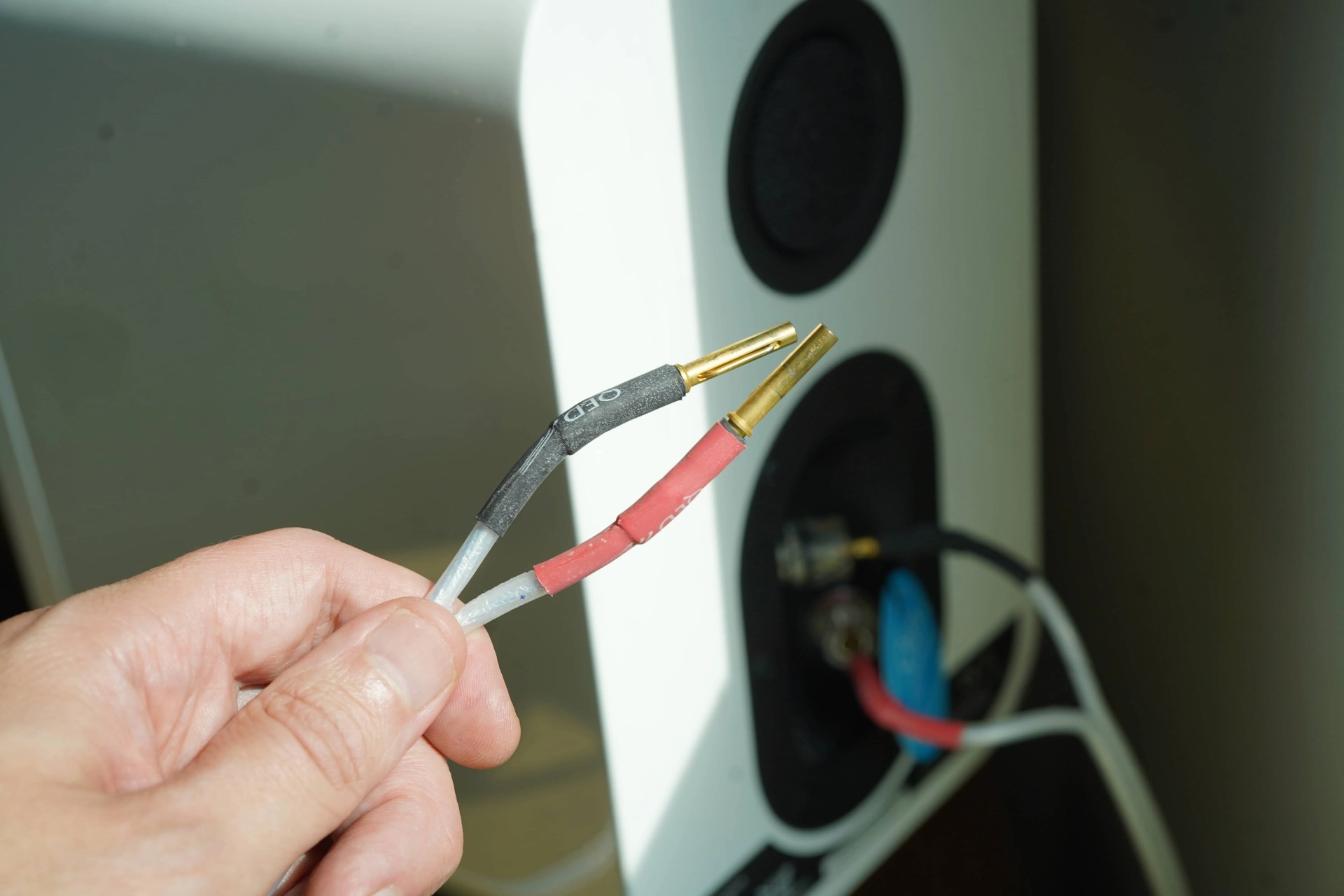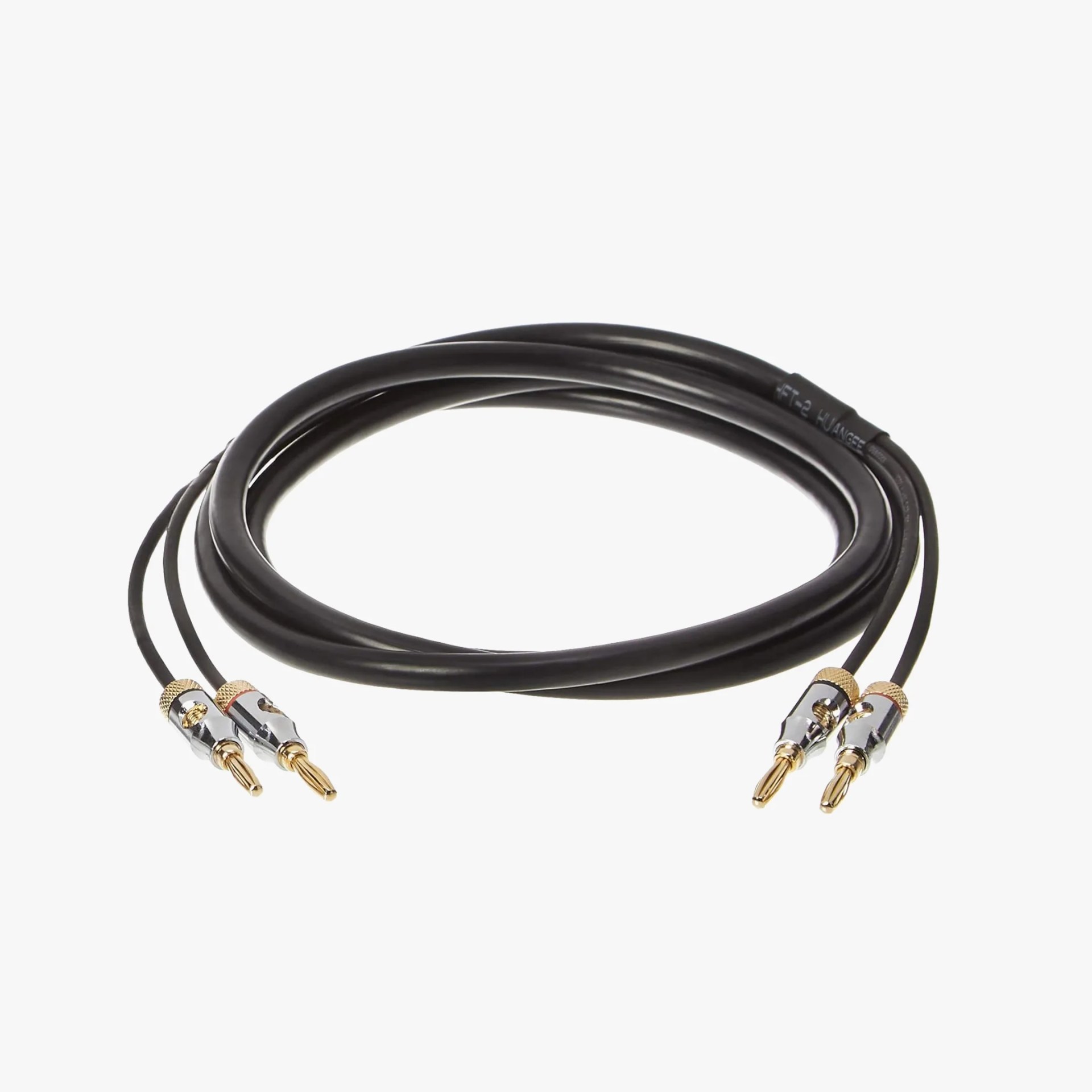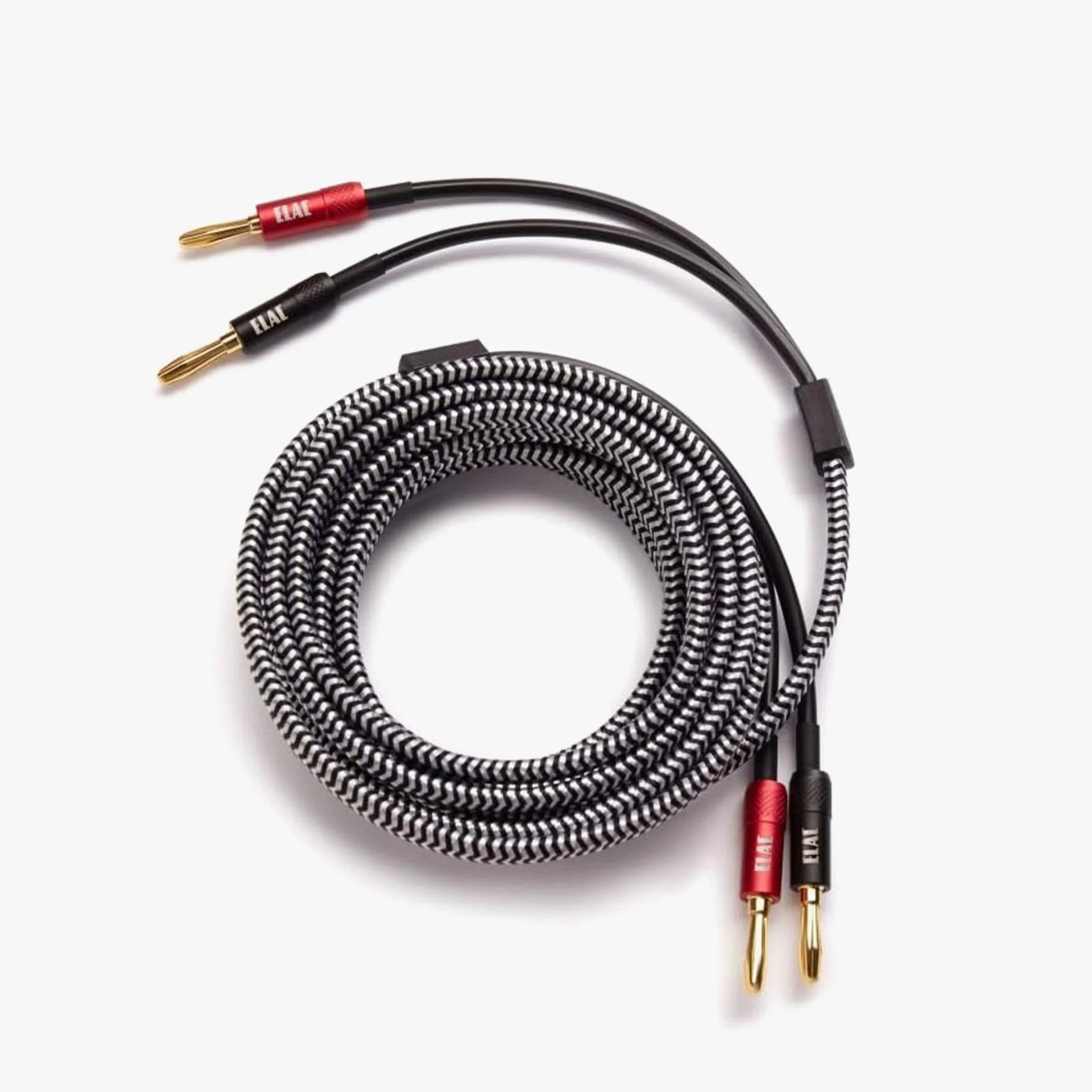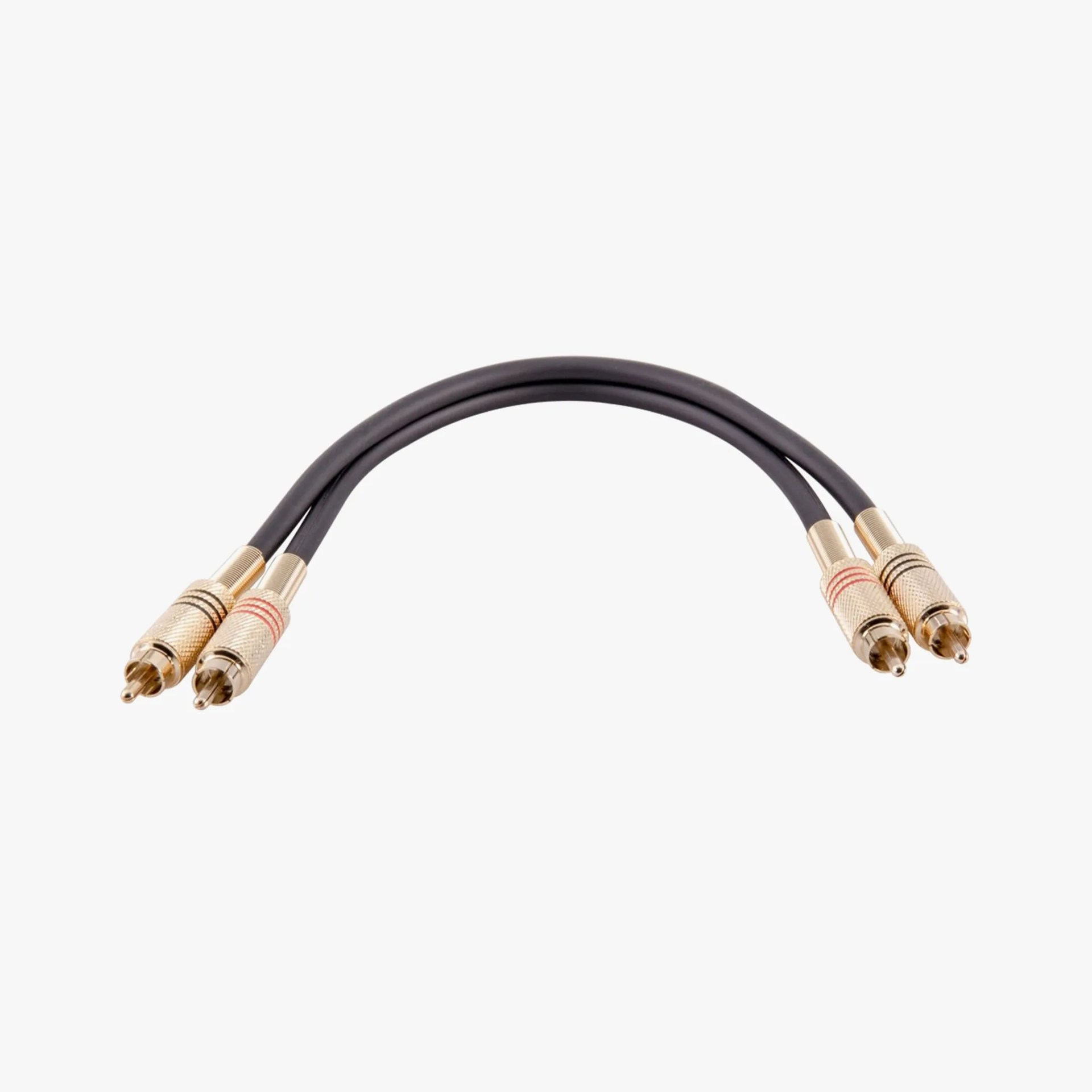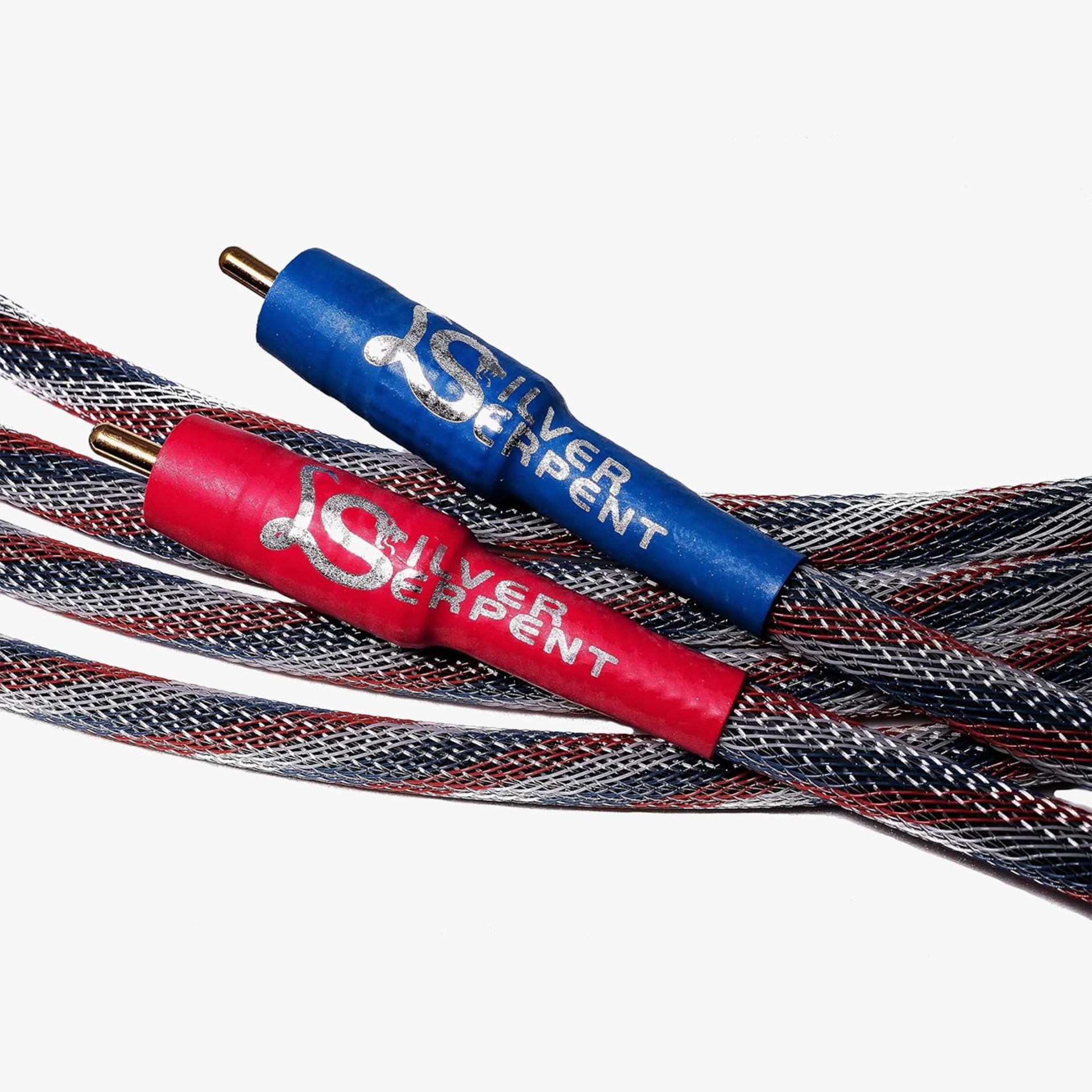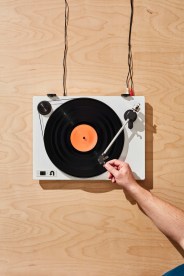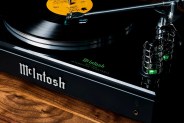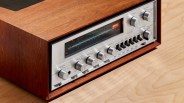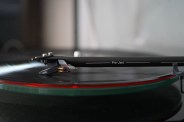It is a question as old as stereos: how much do the cables in your system affect the sound?
The main problems with assessing cables are psychological. Placebo effect and comparative listening play havoc with our judgments. Sometimes you just hear what you want to hear, especially if you’re trying to justify a pricey purchase.
Blind A/B tests, where the listeners don’t know what they’re hearing, are the more or less the gold standard of the hi-fi scene, and yet they’re rife with problems. Comparative listening is not how we actually listen to music, and the effort of comparing, which relies on short term memory, engages areas of the brain that aren’t engaged when just chilling out and listening.
Sometimes you just hear what you want to hear, especially if you’re trying to justify a pricey purchase.
Though the brain scanning technology exists, just about no one has studied the impact of making blind comparisons on how we perceive sound (because medical research is rightfully prioritized). And with all that in mind, some audiophiles have reported not being able to discern between high-end cables and a coat hanger in blind tests, like a sommelier picking the $8 table red over the $125 Barolo.
So how does one reliably assess a cable? The answer lies in measurable physical specifications of cables. But there are still some traps to avoid.

